4 Things We Learned From The Real-Life Wolf of Wall Street
Published: August 8, 2023

As part of our recent attendance at a Sales/Marketing training conference, we had the opportunity to hear Jordan Belfort, the real-life Wolf of Wall Street, give his presentation on Mastering the Art of Sales. Jordan discussed some of the sales strategies and tactics that make him successful that’s crucial for all business owners and sales professionals to hear. Belfort emphasized that businesses cannot survive without the lifeblood that is sales. It is a critical process to any business and your sales team needs to be in control of it.
Jordan says the first four seconds of any sales call or meeting are the most crucial. In these four seconds, your sales team must be able to establish that they are sharp as a tack, enthusiastic as hell, and an expert in the field. This allows your team to take control of the call/meeting immediately. It also builds credibility and trust; trust is the foundation of every successful sale.
The Straight Line System
At the core of Jordan Belfort’s sales strategy is what he called “The Straight Line System.” This systematic approach to selling is designed to guide prospects from initial contact to the close, keeping them engaged throughout the process. The Straight Line represents the sales process, with specific stages where Belfort aimed to build rapport, identify needs, present solutions, handle objections, and ultimately secure the deal.
1. The Art of Persuasion
Belfort was a master of persuasion, emphasizing the importance of tonality and body language when communicating with prospects. He understood that conveying confidence and enthusiasm would positively influence a potential client’s perception of the product or service being offered. While the power of persuasion is undeniable, it is crucial to employ these techniques ethically and with genuine intentions.
2. Building Rapport & Empathy
In Belfort’s approach, establishing rapport was the foundation of every successful sale. He believed in finding common ground with prospects, actively listening to their needs, and showing genuine empathy. By understanding their pain points and desires, Belfort could tailor his pitch to address their specific concerns effectively.
3. Handling Objections
Objections are a natural part of the sales process, and Belfort had a unique way of handling them. He encouraged salespeople to embrace objections as opportunities to clarify doubts and concerns rather than viewing them as roadblocks. By doing so, he aimed to strengthen the prospect’s confidence in their decision, making it easier to close the deal.
4. The Art of Closing
Closing a deal was where Belfort’s strategy truly shone. He emphasized the importance of timing and precision when asking for the sale. Belfort often used urgency and scarcity to create a sense of FOMO (fear of missing out), compelling prospects to make a decision quickly.
Our Takeaways
Jordan’s Straight Line System has been proven as a successful process time and time again. Belfort provided a roadmap for improving your sales process, but you need to have some critical components in place beforehand in order to support this strategy. As a business owner, you need to ask yourself a few questions:
-
- Do you have a good CRM in place to contact your prospects, leads, and customers?
- Is your sales team performing at peak performance? Are they efficient with technology?
- Do you have Business Intelligence systems in place?
- Are you tracking the metrics needed in order to nurture your sales process and make data-driven decisions?
Did you answer “no” to any of the previous questions? If so, give Accent Consulting a call. We can assist you in building and implementation of these systems that your business needs to thrive.
Reach Out To Us
Recent Posts
-
 HIPAA Compliance in 2025: What’s Changing & How to Stay SecureApril 2, 2025/0 Comments
HIPAA Compliance in 2025: What’s Changing & How to Stay SecureApril 2, 2025/0 Comments -

-
 DeepSeek: Unlocking the Future of Business Decision-MakingJanuary 30, 2025/
DeepSeek: Unlocking the Future of Business Decision-MakingJanuary 30, 2025/ -
 How Local IT Support Powers Ag Business Success in IndianaJanuary 16, 2025/
How Local IT Support Powers Ag Business Success in IndianaJanuary 16, 2025/ -
 Transform Your Business in 2025: 5 Must-Have Tech ResolutionsJanuary 6, 2025/
Transform Your Business in 2025: 5 Must-Have Tech ResolutionsJanuary 6, 2025/ -
 Accent Consulting’s Annual Holiday Party 2024December 11, 2024/
Accent Consulting’s Annual Holiday Party 2024December 11, 2024/ -
 AI-Driven Phishing Scams: How Businesses Can Protect Gmail AccountsNovember 14, 2024/
AI-Driven Phishing Scams: How Businesses Can Protect Gmail AccountsNovember 14, 2024/
Schedule a Free Network Assessment
A network assessment is an in-depth analysis of your current IT infrastructure that provides you with a comprehensive understanding of your existing environment and recommends improvements such as network consolidation, simplification, or automation.
Learn More
